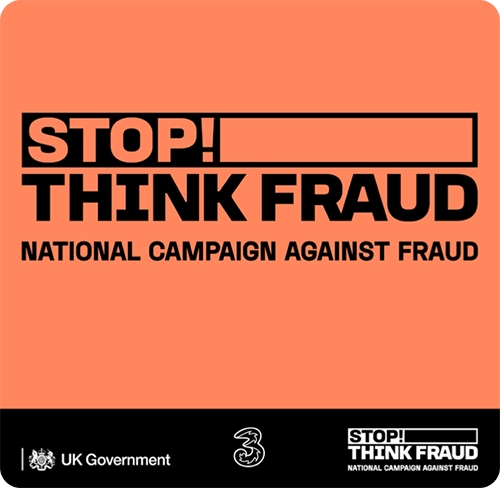Most phones let you see the number of the person calling before you answer, but fraudsters deliberately change their caller ID. This is what’s called spoofing.
Sometimes there's a good reason for a caller to modify the Caller ID, like leaving an 0800 number for the customer to call back. But spoofing callers do this to hide their identity or make you think it's a legitimate call.
For example, identity thieves looking to steal sensitive information such as your bank account or login details might use spoofing to make it look like your bank or credit card company is calling.
Ofcom is working with the international regulators and the telecoms industry to stop this from happening.
What you can do
Never give out personal information on an incoming call, and don't rely on caller ID to identify a caller, especially if they claim to be from someone like your bank.
Hang up the call and call the company back using their official details – maybe check your account statement or the company's website – to find out if the call was genuine. Try to wait at least 5 minutes before you do this to make sure the line clears and you're not contacting fraudsters.
If you think you've been a victim of call spoofing
- Contact Action Fraud
You can call Action Fraud on 0300 123 2040 (standard call rates apply) Monday to Friday between the hours of 8am to 8pm or visit www.actionfraud.police.uk. Action Fraud is the UK's national reporting centre for fraud and internet crime. Remember, if debit cards, online banking, or cheques are involved in the scam your first step should be to contact your bank or credit card company.
- Tell Trading Standards
If you think something may be a scam, you can call 03454 04 05 06 (standard call rates apply) Monday to Friday between the hours of 9am to 5pm and tell the Citizens Advice Consumer Service, who can pass details of the case on to Trading Standards. The Trading Standards service is responsible for protecting consumers and the community against rogue traders and traders acting unfairly.
- The Telephone Preference Services (TPS)
Register your mobile number with The Telephone Preference Service (TPS), it's a free service and is the official central opt out register where you can choose not to receive unsolicited sales or marketing calls from all companies you have given consent to - https://www.tpsonline.org.uk/tps/number_type.html

